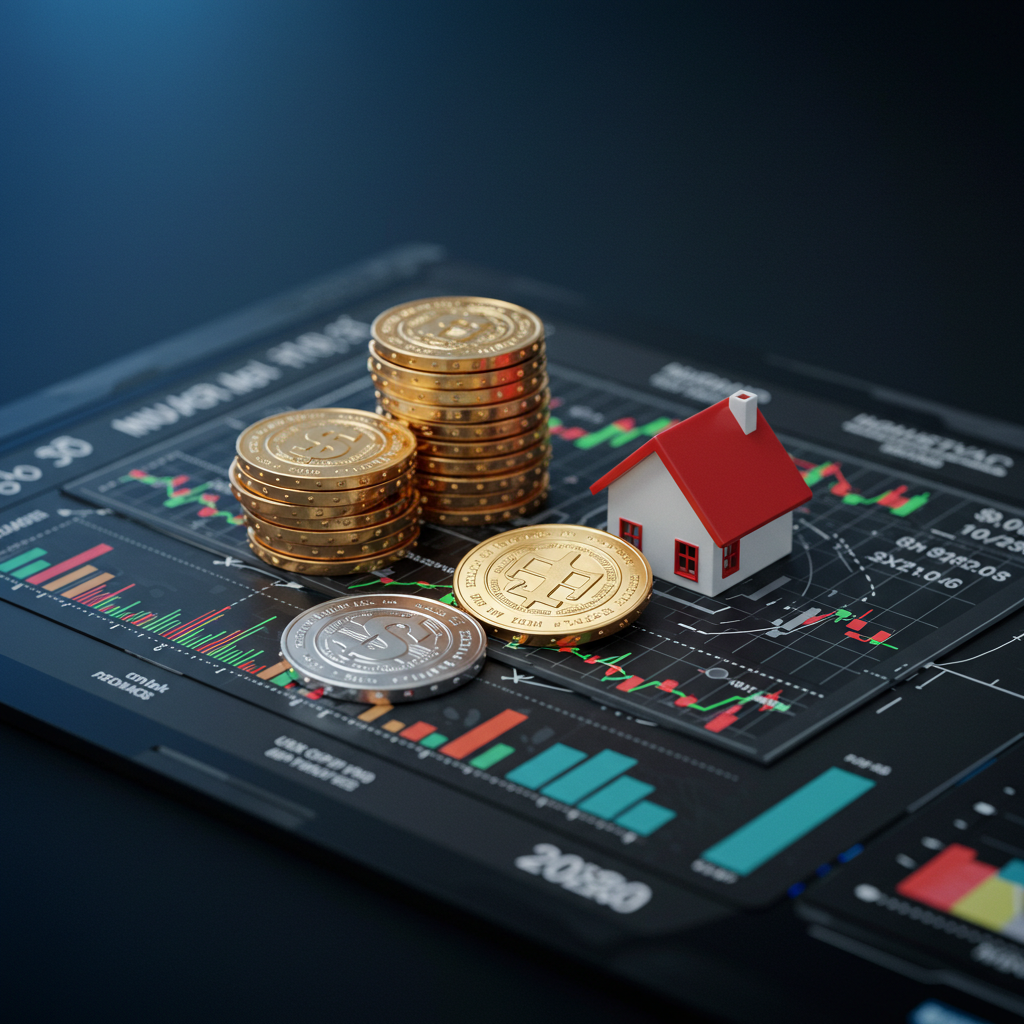In 2023, investing remains one of the most important ways individuals and institutions manage and grow wealth. However, global shifts such as inflation, interest rate adjustments, technological disruption, and geopolitical uncertainty have redefined how investors approach financial markets. Understanding these changes is key for anyone seeking resilience and long-term stability.
The Importance of Diversification
Diversification continues to be a fundamental principle. By spreading investments across asset classes such as equities, bonds, real estate, and commodities, investors reduce exposure to concentrated risks. In 2023, diversification also extends to digital assets and alternative investments, reflecting evolving market opportunities.
Equities and Market Volatility
Stock markets remain attractive, but volatility is higher due to macroeconomic challenges. Companies in sectors like renewable energy, healthcare, and technology are gaining attention, driven by long-term global trends. Investors are increasingly analyzing fundamentals alongside sustainability factors when assessing equities.
Bonds and Fixed Income
With central banks adjusting interest rates, bonds in 2023 are regaining relevance as tools for stability and predictable returns. Fixed income strategies now balance between government securities, corporate bonds, and inflation-protected instruments.
Real Estate and Inflation Hedges
Real estate continues to provide both income and long-term value. In times of inflation, property assets are often viewed as hedges, though location and market conditions are critical for performance.
Technology and Digital Assets
Technology-driven investments, including blockchain and artificial intelligence, are reshaping portfolios. While cryptocurrencies remain volatile, blockchain applications in finance and digital infrastructure are attracting institutional interest. Investors are approaching these areas with caution, recognizing both potential growth and significant risks.
Risk Management in 2023
Managing risk is more crucial than ever. Investors use tools such as portfolio rebalancing, hedging strategies, and emergency reserves to adapt to economic uncertainty. The ability to adjust strategies quickly is now a defining feature of successful investing.
Global Perspectives
International diversification allows investors to balance exposure to developed and emerging markets. In 2023, emerging economies present growth opportunities, while developed markets offer stability and regulatory frameworks. Globalization, despite challenges, continues to shape investment strategies worldwide.
Conclusions
Investing in 2023 reflects a balance between tradition and innovation. Time-tested principles like diversification and risk management remain central, but investors are also adapting to new realities, including digital assets and technological disruption. By understanding these dynamics, investors gain perspective on navigating a complex global economy while focusing on resilience and long-term goals.





